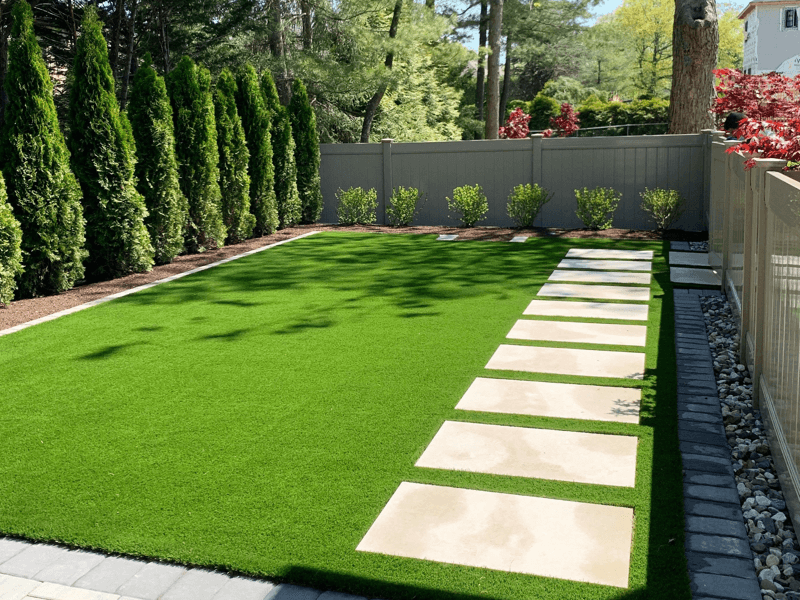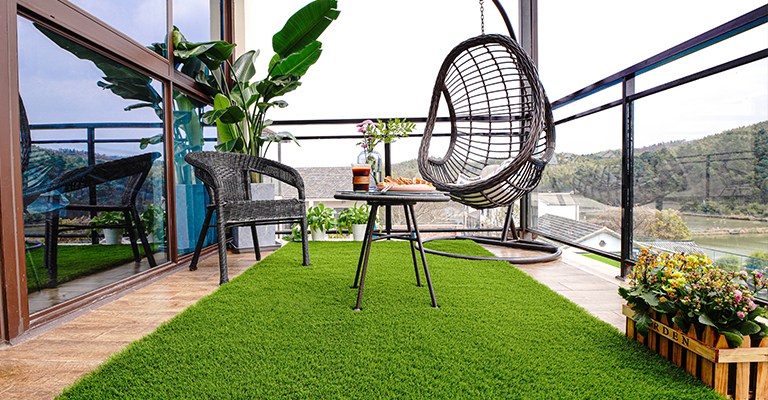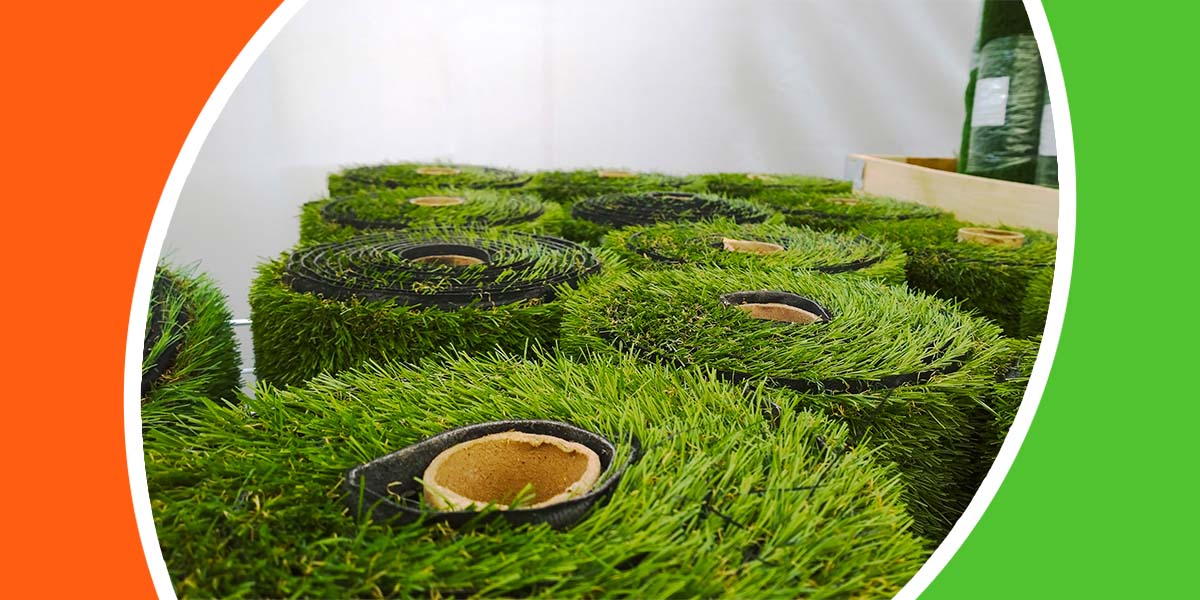Select Trusted Artificial Turf Companies Phoenix for Long-Lasting and Realistic Grass
Select Trusted Artificial Turf Companies Phoenix for Long-Lasting and Realistic Grass
Blog Article
Delve Into the Environmental Advantages of Opting for Artificial Turf Solutions
The adoption of synthetic grass services offers a compelling opportunity to resolve pressing environmental obstacles. By substantially decreasing water use and minimizing the application of damaging chemicals, these alternatives not just promote sustainable landscaping however also shield regional ecological communities. The reduced carbon footprint linked with lowered maintenance activities adds to a more lasting technique to land management. Nonetheless, the ramifications of these advantages extend past plain conservation initiatives, questioning regarding their lasting influence on habitat conservation and general eco-friendly balance. Checking out these measurements exposes an intricate interaction worth thinking about.
Water Conservation Benefits
One of the most significant advantages of synthetic grass is its ability to save water. Typical yard yards need considerable irrigation, particularly in areas susceptible to drought or water constraints. In contrast, artificial lawn does not require watering, dramatically decreasing the general demand for water sources. This function is specifically beneficial in deserts where water shortage is a pressing worry.
By removing the need for normal watering, synthetic grass adds to sustainable landscape techniques and helps alleviate the environmental influence of too much water intake. Moreover, the preservation of water includes the decrease of runoff, which can bring about soil erosion and river pollution.
Furthermore, the installment of fabricated turf enables districts and property owners to assign water sources more efficiently, focusing on vital uses such as drinking water and agriculture. The shift in the direction of synthetic grass not just advertises accountable water usage but likewise lines up with wider environmental goals focused on protecting natural deposits.
As communities progressively focus on sustainability, the water conservation advantages of synthetic turf provide an engaging case for its adoption in domestic and industrial landscaping tasks.
Minimized Chemical Use
The transition to synthetic grass considerably reduces the reliance on chemical treatments commonly utilized in natural turf maintenance. Conventional turf administration commonly entails the application of herbicides, fertilizers, and pesticides to advertise growth and control pests. These chemicals can pose risks to human wellness, local wild animals, and the atmosphere, contributing to soil and water contamination.
On the other hand, fabricated grass gets rid of the requirement for these damaging substances. As soon as set up, it calls for marginal maintenance, mainly including normal cleaning and occasional infill replenishment. This reduction in chemical usage not just profits the prompt atmosphere yet likewise adds to more comprehensive ecological stability. By minimizing the launch of artificial compounds right into the community, synthetic grass advertises much healthier dirt and water systems.
Moreover, the absence of chemical overflow related to artificial turf setups helps secure local rivers from air pollution, supporting water life and keeping biodiversity. Artificial turf companies phoenix. As areas progressively prioritize lasting methods, choosing for synthetic lawn presents a practical option that aligns with ecological preservation objectives. Via this shift, homeowner can enjoy lush eco-friendly areas without compromising eco-friendly health, paving the method for a much company website more lasting future
Lower Carbon Footprint

Furthermore, the setup of fabricated lawn can result in substantial water conservation. All-natural yards need considerable amounts of water for irrigation, which not only includes in the carbon footprint connected with water removal and therapy yet additionally strains neighborhood water sources. In comparison, synthetic grass needs minimal maintenance, requiring no watering, thereby considerably decreasing water usage and its associated energy costs.
Additionally, the longevity of fabricated grass adds to its decreased carbon effect. With a life expectancy of up to 15 years or even more, the demand for constant replacements is decreased, resulting in much less waste and reduced energy consumption in manufacturing and disposing of traditional grass choices. Generally, synthetic grass offers a lasting option for eco mindful landscape design.
Environment Preservation
Environment conservation is a critical factor to consider in the debate over landscape design choices, specifically when comparing fabricated lawn to natural turf. All-natural turf yards frequently require comprehensive upkeep, including using plant foods, herbicides, and pesticides, which can negatively impact local ecological communities. These chemicals can seep into the dirt and rivers, hurting native plants and fauna and interrupting neighborhood habitats.
Artificial grass gets rid of the requirement for unsafe chemicals, therefore safeguarding close-by wild animals and preserving the stability of bordering ecosystems. The installation of fabricated turf can lead to the conversion of previous turf locations into even more biodiverse landscapes, such as pollinator gardens or indigenous plant areas, our website which can sustain regional wildlife.
Eventually, the transition to artificial grass not only saves water and decreases maintenance initiatives yet likewise promotes a more unified connection in between human tasks and the native environment, advertising habitat conservation while doing so.
Long-Term Sustainability
Lasting sustainability is a vital aspect in reviewing the advantages of synthetic grass over conventional lawn lawns. One of the most considerable advantages of man-made grass is its resilience; it can last up to 15-20 years with marginal maintenance, whereas all-natural lawn calls for frequent reseeding and substitute. This longevity here are the findings minimizes the requirement for constant resources, such as water, fertilizers, and pesticides, which are vital for maintaining a healthy yard lawn.
In addition, synthetic turf adds to a decrease in carbon exhausts related to grass care equipment. Traditional grass often need gas-powered lawn mowers, trimmers, and blowers, all of which contribute to air contamination. Arizona turf. In contrast, synthetic grass eliminates the demand for such equipment, promoting a cleaner setting
In addition, the production of synthetic grass significantly utilizes recycled materials, boosting its sustainability account. As producers embrace environmentally friendly methods, the environmental footprint of synthetic turf remains to diminish.

Conclusion
The fostering of synthetic grass remedies presents considerable ecological benefits, consisting of significant water preservation, reduced dependence on hazardous chemicals, and a reduced carbon impact. Furthermore, synthetic grass help in preserving all-natural environments by reducing land disruption and promoting long-term sustainability via making use of sturdy products. Collectively, these variables underscore the possibility of synthetic grass to contribute positively to ecological wellness and provide a viable option to typical landscaping practices in a significantly resource-conscious globe.
In comparison, synthetic grass does not need watering, dramatically reducing the overall need for water sources. By reducing the release of artificial compounds into the ecological community, fabricated turf promotes healthier soil and water systems.
Furthermore, the installation of fabricated lawn can result in substantial water conservation. In contrast, artificial grass requires marginal maintenance, needing no watering, therefore substantially reducing water usage and its associated power costs.

Report this page